15 Simple Ways to Reduce Your Food Waste
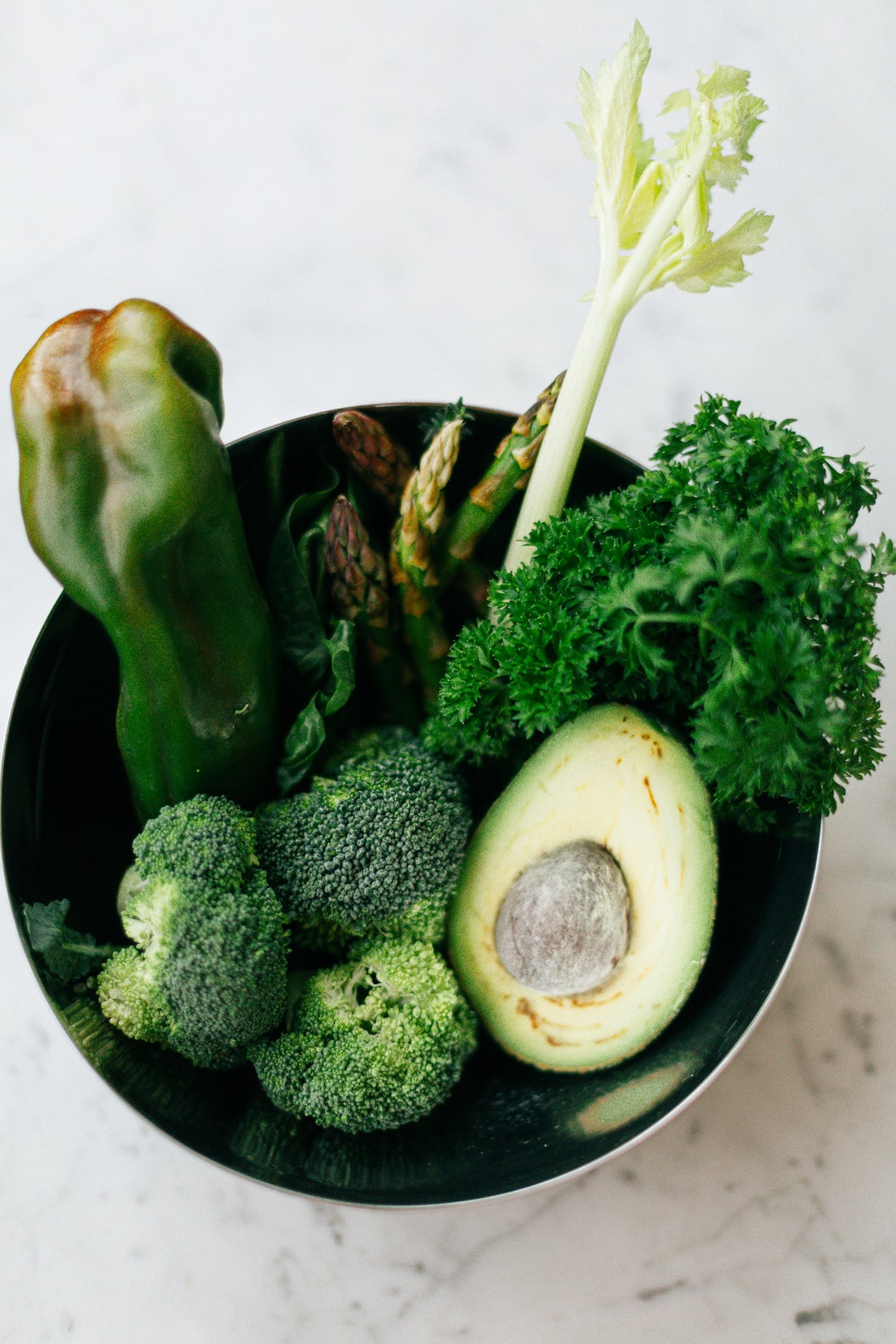
Food waste is a universal problem. Imagine if a majority of the population made a conscious effort to reduce their individual food waste week in and week out.
The results would be astonishing.
Instead of looking at this from an all-or-nothing approach, you can slowly start incorporating some of these habits little by little over time. Progress over perfection is what’s important here.
Every time you’re throwing food away, you’re essentially throwing money down the drain and food into an overflowing landfill. There are several easy ways to reduce your food waste that you may have never even known about.
Throwing food away every week can become a mindless habit, without much thought.
How to Reduce Your Food Waste Right Now
1. put fresh herbs in water
Have you noticed when you put your bundle of fresh herbs in the crisper with the rest of your produce (or even just on a shelf in your fridge), they become limp and shriveled in only a couple of days?
This can be especially frustrating if you haven’t even used any of it yet, and it’s already going bad.
To extend the shelf life of your herbs, you can simply put them in a glass with a few inches of water. Just make sure to change out the water every couple of days and you’ll be amazed at how vibrant the herbs look. They’ll keep for about 7 days this way.
Want more helpful tips? Read the How-to Guide for Cooking with Fresh Herbs.
2. blend herbs with oils
Fresh basil is notorious for going bad quickly. The small box of basil wasn’t enough for your recipe, so you bought the bigger box, but you won’t be able to use it all before it goes bad.
Instead of leaving it to turn black and mold, do this instead:
In a blender, add the basil (and/or any other fresh herbs) and add olive oil. Blend until combined. Pour into an ice mold and freeze until ready to use. These make great little flavor bombs to add to anything when you’re ready to cook.
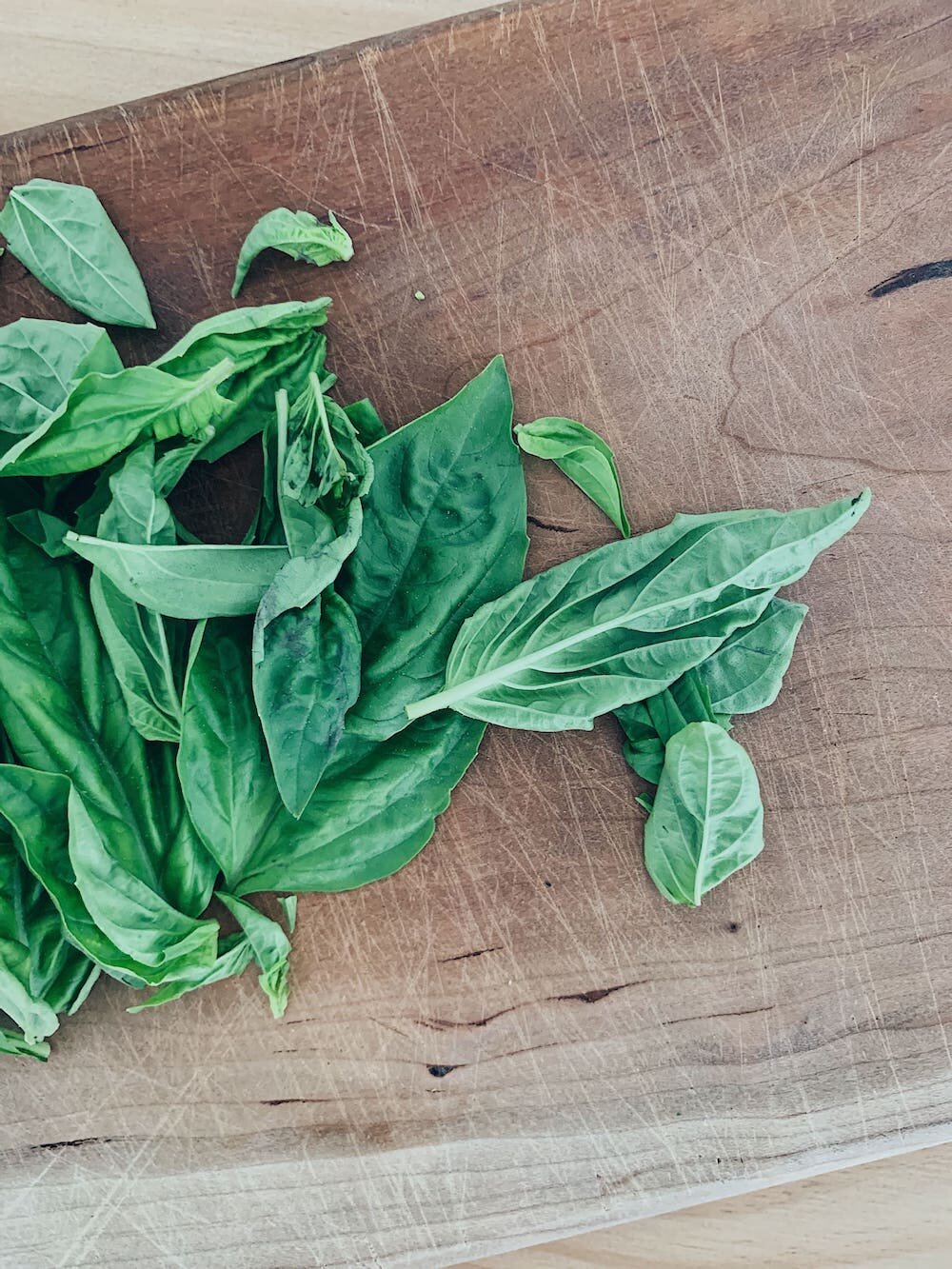
3. buy only what you need
You’re at the grocery store and you decide to buy a couple of extra carrots or head of lettuce to add to some dishes, but once you’ve made all your meals for the week, they’re still sitting in the crisper drawer, wilted and limp. You keep saying that you’ll get to them before they become inedible, but then you end up throwing them away.
Your intentions were good, but when we tend to stray off the plan is usually when the waste builds up. Buying only what you need or what’s on your list will keep the waste down.
4. freeze your leftovers
Typically, I love leftovers. I eat them for breakfast and lunch the next day, but once in a while, I don’t feel like eating that meal again right away.
Instead of letting it sit in the fridge to only be later thrown away, I chuck it in the freezer to be used on a rainy day when I don’t feel like cooking. Next time you find yourself in a similar situation, try this instead of throwing it away.
5. prep some produce immediately
You don’t need to cook your whole meal immediately, but if you wash, chop, slice, etc. some of your vegetables, it’ll be easier to know what’s in your fridge and what needs to be used up. Plus, it’ll make mealtime a breeze.
6. repurpose leftovers
This is a great way to get creative with your meals and switch up the texture and flavors so it doesn’t feel like you’re eating the same dish over and over.
It doesn’t have to be glamorous as long as it tastes good to you.
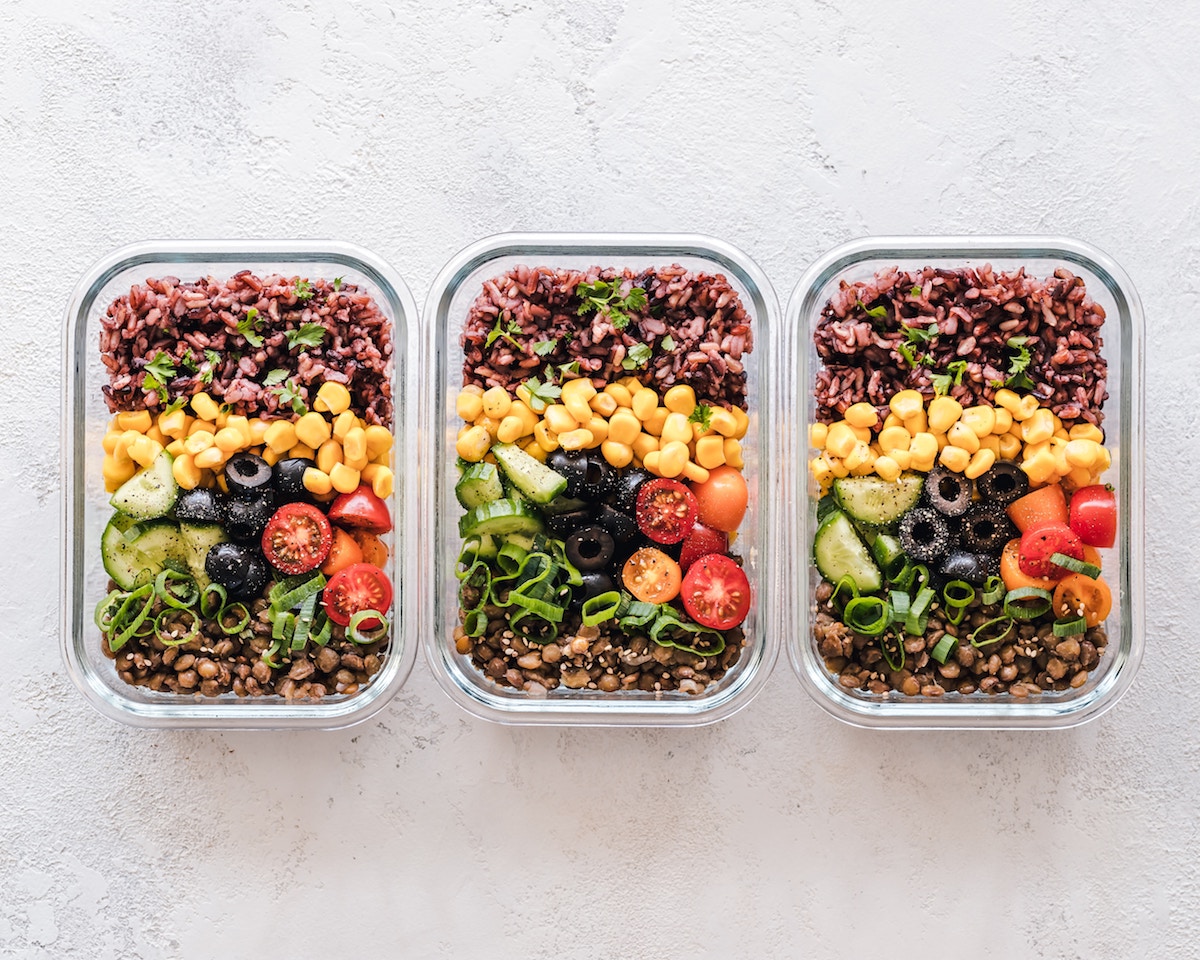
7. plan your next meal with ingredients you already have
You know that time at the very end of the week when you need to go grocery shopping but you still have a few odds and ends in your fridge?
Head over to your pantry, and see what kind of a dish you can come up with to use what you have before you buy something new.
Need meal ideas for using what you already have? Try making risotto, a breakfast hash, or noodles with peanut sauce
8. start a compost bin
Composting is a great way to reduce your food waste. You can do this simply by adding all your food scraps and coffee grounds to a bowl or a small bin under your sink.
If it starts to stink, you can transfer this bowl to your freezer.
You can often take your compost to a local farmer’s market or to an urban garden organization. If you’re in a city (I’m not sure about smaller areas), you can also buy a compost bin to put out with your trash and recycling to be collected weekly.
9. proper food storage
Produce such as potatoes, tomatoes, garlic, onions should be kept at room temperature (until they’re cut into). Only put fresh basil in the fridge if your house is really warm and humid.
Keep certain foods away from others to reduce spoiling quickly (bananas, avocados, and peaches for example put off gas when ripening that can cause other sensitive produce like apples or pears to spoil more quickly).
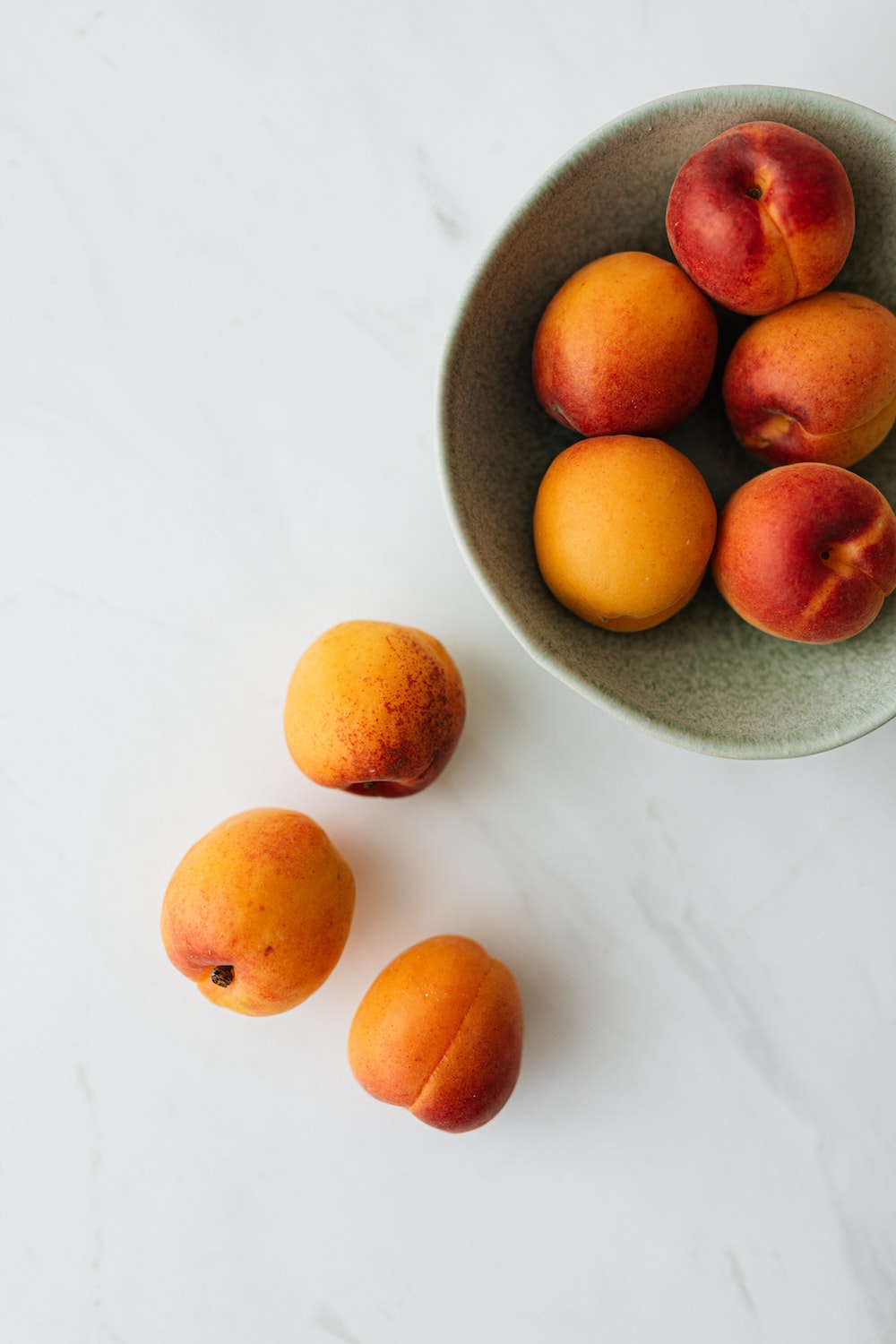
10. eat the “ugly” produce
We’ve all seen it. You’re searching through the produce bins to pick out the best-looking items. What you may not know is that stores often dispose of the “ugly” produce to only display the pretty ones.
This leads to tons (literally) of unnecessary food waste. By buying the “ugly” produce, you could prevent it from being tossed out.
11. eat the skin*
There are a lot of nutrients in the skin of fruits and vegetables. Make sure to always wash your produce first before consuming it.
*Even better if your produce is organic, if it’s conventional – be sure to scrub a little extra to get the waxy residue off.
If you don’t want to eat the skins, make sure to toss them in your compost instead of the garbage bin.
12. repurpose coffee grounds
Do you have house or outdoor plants? Coffee grounds are a great fertilizer for plants. If the answer to that question is no, you can always add them to your compost bin as well.
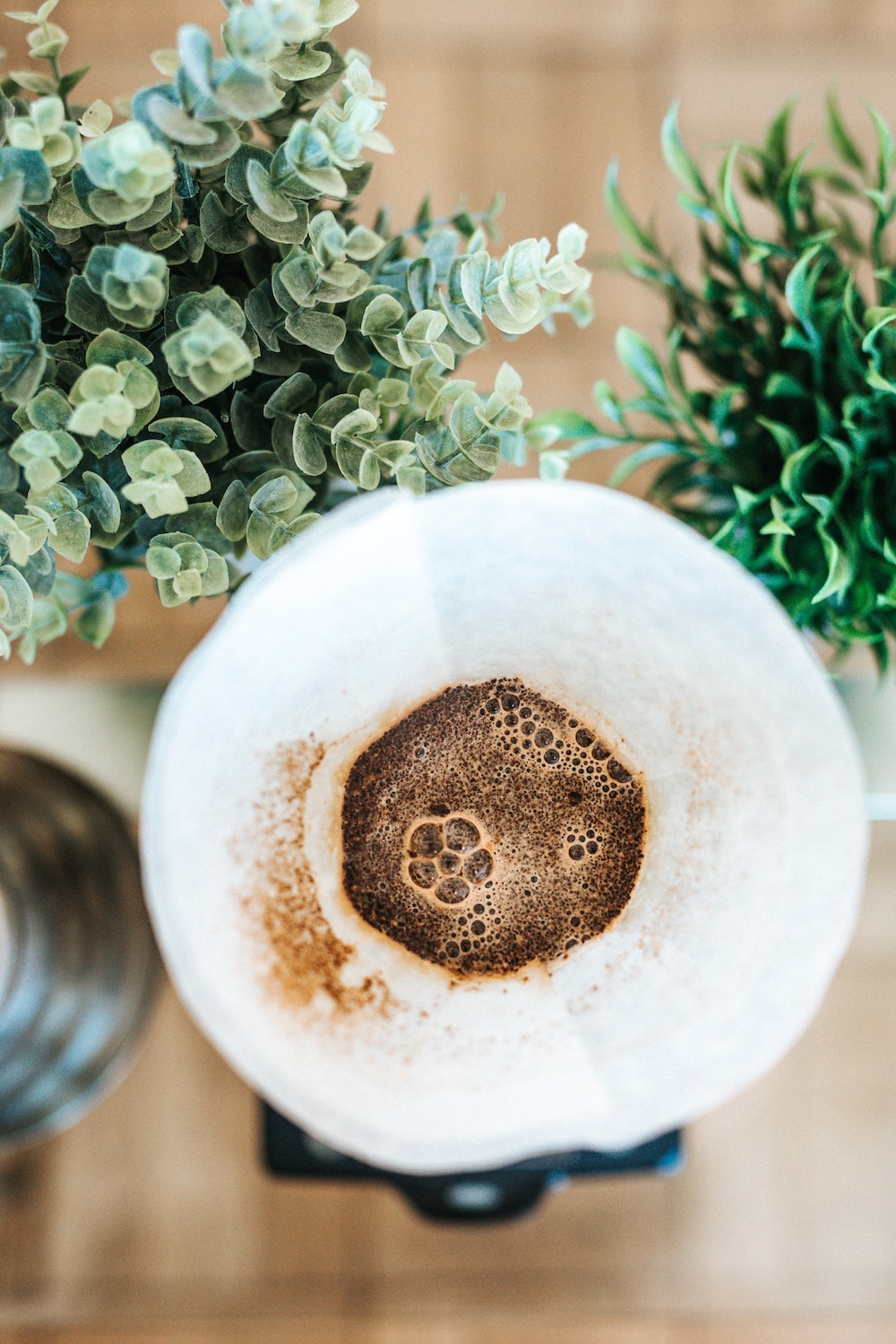
13. Freeze produce before it goes bad
If you have any produce in your fridge that needs to be used STAT, cut it up and freeze it in a single layer on a baking sheet. Once frozen, add to a tightly sealed container. This prevents it from freezing in one large clump and also keeps it from going bad.
When ready to use, add directly to a smoothie, stir-fry, or pot of soup.
14. take note of what you’re throwing away each week
Do you notice a pattern every week where you’re throwing the same things away repeatedly?
Take a mental note, and when you’re planning your next shopping trip, get half of the quantity you’d normally buy. Keep doing this until you find the amount that works for you.
15. keep your refrigerator organized
Every once in a while you’ll look in the back of your refrigerator only to find food or sauces you forgot were in there and now they’re way past their prime (moldy, slimy, or shriveled).
If you keep your refrigerator organized, you’ll prevent these things from happening as often.

